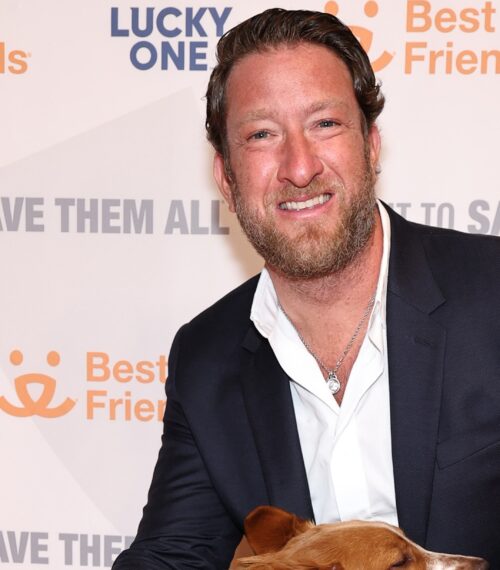George Banks, the Pennsylvania mass murderer whose 1982 killing spree was among the deadliest of its era, has died in state custody at the age of 83. The Pennsylvania Department of Corrections confirmed Banks’ death on November 2, 2025, at Phoenix State Correctional Institution. Montgomery County Coroner Dr. Janine Darby determined the cause as complications from renal neoplasm, commonly known as kidney cancer, per NBC News. Life & Style has also recapped Banks’ case and legacy in the wake of his passing.
Who Was George Banks?
Banks gained national notoriety after a late-night rampage in Wilkes-Barre, Pennsylvania, in 1982 left 13 people dead and one injured. At the time, the mass killing was considered one of the worst in modern American history. The victims included five of Banks’ own children, their mothers, and several bystanders who crossed his path as he fled the scene.
Authorities and contemporaneous reports indicated that Banks had been at a party before returning home armed with an AR‑15 rifle. What followed was a devastating sequence of shootings that devastated multiple families and rattled a community, reverberating far beyond Wilkes-Barre for decades.
The 1982 Wilkes-Barre Massacre
According to NBC News, the violence began at Banks’ home late at night. There, he shot five of his children—who ranged in age from 1 to 6 years old—as well as the four mothers of his children. Investigators later said he was wearing green army fatigues and an ammunition bandolier as he left the residence.
Outside, Banks encountered a group of teenagers walking to their car from a nearby friend’s house. He fatally shot one teen and wounded another before fleeing the area. The trauma did not stop there. Banks then stole a vehicle and drove to the Heather Highlands Trailer Park, where police later discovered the bodies of his son, the child’s mother, her mother, and her nephew.
The bystanders who were killed also included an 11-year-old who sometimes stayed with the family and a 7-year-old, along with a teenager who saw Banks leaving his home with the weapon. In all, Banks shot 14 people and killed 13 of them, a toll that placed the rampage among the most harrowing mass murders of the time.
After the shootings, Banks went to his mother’s home. She later told police that he admitted the killings, saying, “I killed them. I killed them all.” The manhunt ended with a tense, hours-long standoff at a friend’s house. Officers who responded tried to persuade Banks that his victims had survived, and after roughly four hours, he surrendered to authorities without further bloodshed.
Conviction, Death Sentence & Legal Challenges
In the ensuing criminal proceedings, Banks was convicted of 12 counts of first-degree murder and one count of third-degree murder, per NBC News. He initially received a death sentence. Over the years, however, state courts determined that Banks was not mentally competent to be executed, effectively foreclosing the possibility that the sentence would be carried out.
That legal outcome drew criticism from some, including the only surviving shooting victim, Jim Olson, who expressed frustration in 2012 that the death penalty had not been enforced. “What is the sense of having a death penalty if you don’t use it or enforce it?” Olson said at the time, according to NBC News. Despite significant public debate, court rulings kept Banks on death row without an execution date, and he remained incarcerated for the rest of his life.
Life & Style’s look back on the case underscores how the legal questions surrounding Banks coincided with broader, decades-long discussions about capital punishment, mental competency, and the threshold for carrying out executions in the United States. While those debates continued in Pennsylvania and beyond, Banks’ sentence stood as a high-profile example of the courts’ role in death penalty review.
Cause Of Death Confirmed
The Department of Corrections confirmed Banks’ death at Phoenix State Correctional Institution on November 2, 2025. Montgomery County Coroner Dr. Janine Darby attributed the cause to complications from renal neoplasm, a form of kidney cancer. Banks died at 83, more than 40 years after the Wilkes-Barre murders shocked the nation.
His passing formally closes one of Pennsylvania’s darkest criminal chapters, but the impact of the 1982 killings remains indelible for the families of the victims, the survivor, and the community that endured the tragedy. For many, the case remains a painful reference point in conversations about gun violence, the criminal justice system, and the intersections of mental health and capital punishment.
As officials finalize their reports, Banks’ death marks the end of a case that shaped legal, political, and cultural conversations for decades—a stark reminder of the devastation left in the wake of one night in Wilkes-Barre.















































































































